
April 15 was the last day for the majority of taxpayers to complete their 2023 tax return, or file for an extension with the IRS. But if you live somewhere that experienced a natural disaster, there’s a good chance that the IRS extended your tax-filing deadline beyond the initial cutoff date.
This story is part of Taxes 2024, CNET’s coverage of the best tax software, tax tips and everything else you need to file your return and track your refund.
Tax software can guide you through the tax filing process with relative ease if you have a simple or common tax situation. Many services also offer contextual help and support to help answer your questions along the way.
We reviewed seven of the top online tax software options for ease of use, guidance, pricing and more to help you find the best service for your tax situation. Require in-person assistance? Some of the best online tax software options additionally offer in-person tax-filing support.
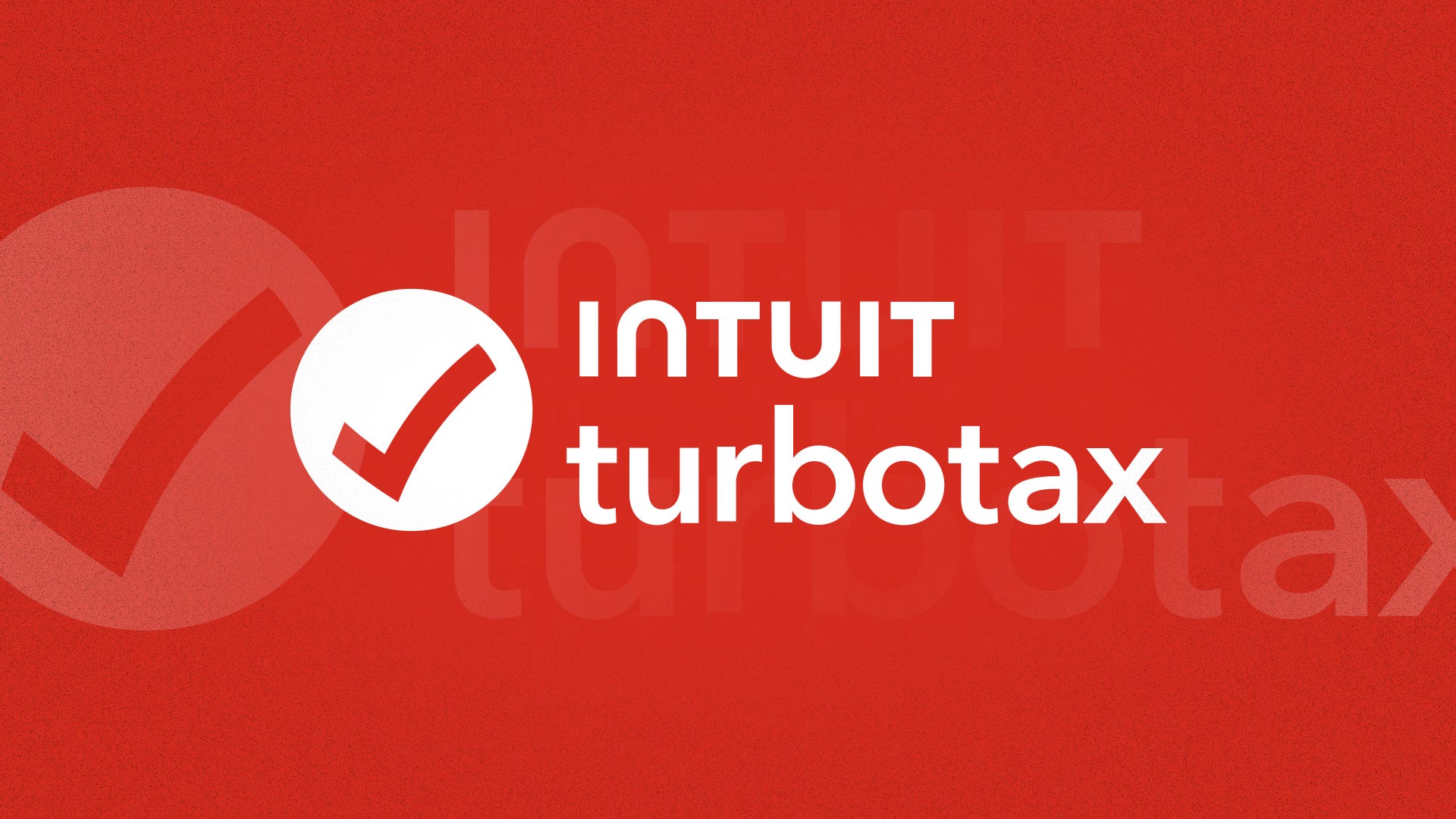
TurboTax
Best tax software for most people
Recurring headlines about TurboTax’s alleged predatory marketing practices aside, the online tax servicer remains at the top of our list of best tax software in 2024.
Why? Because TurboTax combines tax expertise with an easy user experience and interface that makes it accessible to both veterans and newcomers filing their taxes alone for the first time. And we haven’t found another online software that can top this tax giant — yet.
Like other online tax filing software, TurboTax will tell you exactly where to find the information it needs on your tax forms and alert you if something doesn’t look right.
Where it shines, however, is how it holds your hand through the entire process. TurboTax doesn’t ask you irrelevant financial questions after learning about your tax situation upfront — an annoyance I noticed with other tax software.
TurboTax covers a range of taxpayers with its three tiers — TurboTax Free Edition (approximately 37% of taxpayers qualify. Form 1040 + limited tax credits only), Deluxe and Premium. Should you require assistance, Turbo offers TurboTax Live Assisted and TurboTax Live Full Service, where you can ask an expert questions or hand over your taxes to a tax professional.
TurboTax’s comprehensive benefits come with a higher price tag than other tax software, but for most filers — perhaps with the exception of freelancers and some investors — the price is digestible.
- Free to $129 for federal* (without TurboTax Live Assisted or TurboTax Live Full Service).
- Free to $64 per state filing.
- $89 to $219 for TurboTax Live Assisted (state additional).
- $129 to $469 for TurboTax Live Full Service (state additional).
*Approximately 37% of taxpayers qualify for TurboTax Free Edition. Form 1040 + limited tax credits only.

H&R Block
Best free online tax filing experience
H&R Block has many things going for it. It’s our pick for the best free online tax filing experience, after all, thanks to the amount of IRS forms included in the option. Its paid tiers are also cheaper than TurboTax. H&R Block is also making it easier to switch from TurboTax, with Direct Import, which lets you use just your cellphone number.
While not quite as smooth as its top competitor, H&R Block features a well-designed, interview-style system that helps users swerve potential mistakes. Help screens and FAQs are comprehensive, though almost too in-depth, which could make it feel overwhelming to some.
Another big appeal of H&R Block is its brick-and-mortar presence. If you decide midway through your online tax return that you’d rather not do it yourself, H&R Block has about 9,000 offices across the US available for you to set up an appointment or drop off your taxes for a professional to complete.
H&R Block is again offering users four tiers for filing their returns in 2024 — Free Online, Deluxe, Premium and Self-Employed — in addition to in-person assistance at a local branch and online help from a Live Tax Pro.
If you can justify paying for H&R Block’s Deluxe, Premium or Self-Employed tiers, you’ll additionally gain access to H&R Block’s AI Tax Assist tool. The AI chatbot is a delight to use, but it’s not perfect.
- Free to $115 for federal.
- $0 to $49 for state.
- $55 to $210 for Live Tax Review; $49 per state.
- $89 to $496 to file with a Live Tax Pro; state is additional.
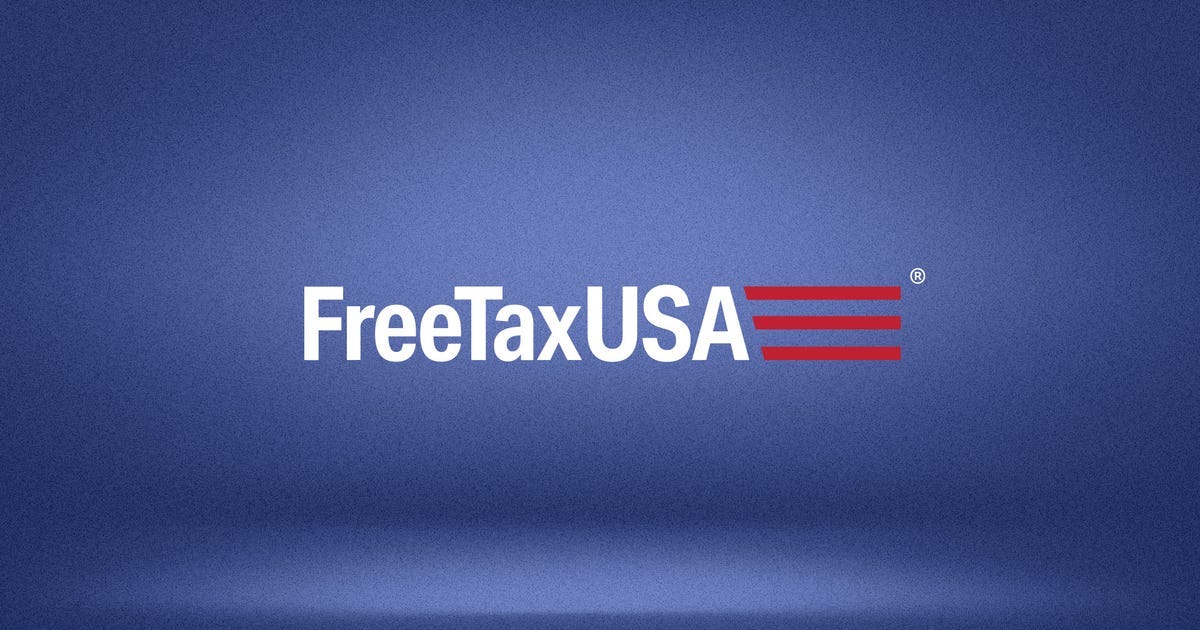
FreeTaxUSA
Best free to low-cost tax filing option
FreeTaxUSA offers free federal returns — no matter how complex your tax situation is. It makes it a great choice over services like TurboTax and H&R Block, if you aren’t too hung up on all the bells and whistles an online tax software service can provide.
Like most online tax software, FreeTaxUSA lets you upload your previous tax return to get you started. But it still requires you to manually input a large amount of information. FreeTaxUSA’s online support is lacking and there’s no accompanying mobile app for filers to take advantage of.
While federal returns are free, FreeTaxUSA charges $15 per state tax return. The online tax service also includes a couple of options for customers who want added assistance. The Deluxe version of FreeTaxUSA grants you access to a tax specialist via live chat and unlimited amendments to your tax return. Pro Support, FreeTaxUSA’s top-end package, takes this a step further by making a tax pro available to you via telephone while you complete your return.
- Federal tax return: Free.
- State tax return: $15.
- Deluxe Edition: $8.
- Pro Support: $50.
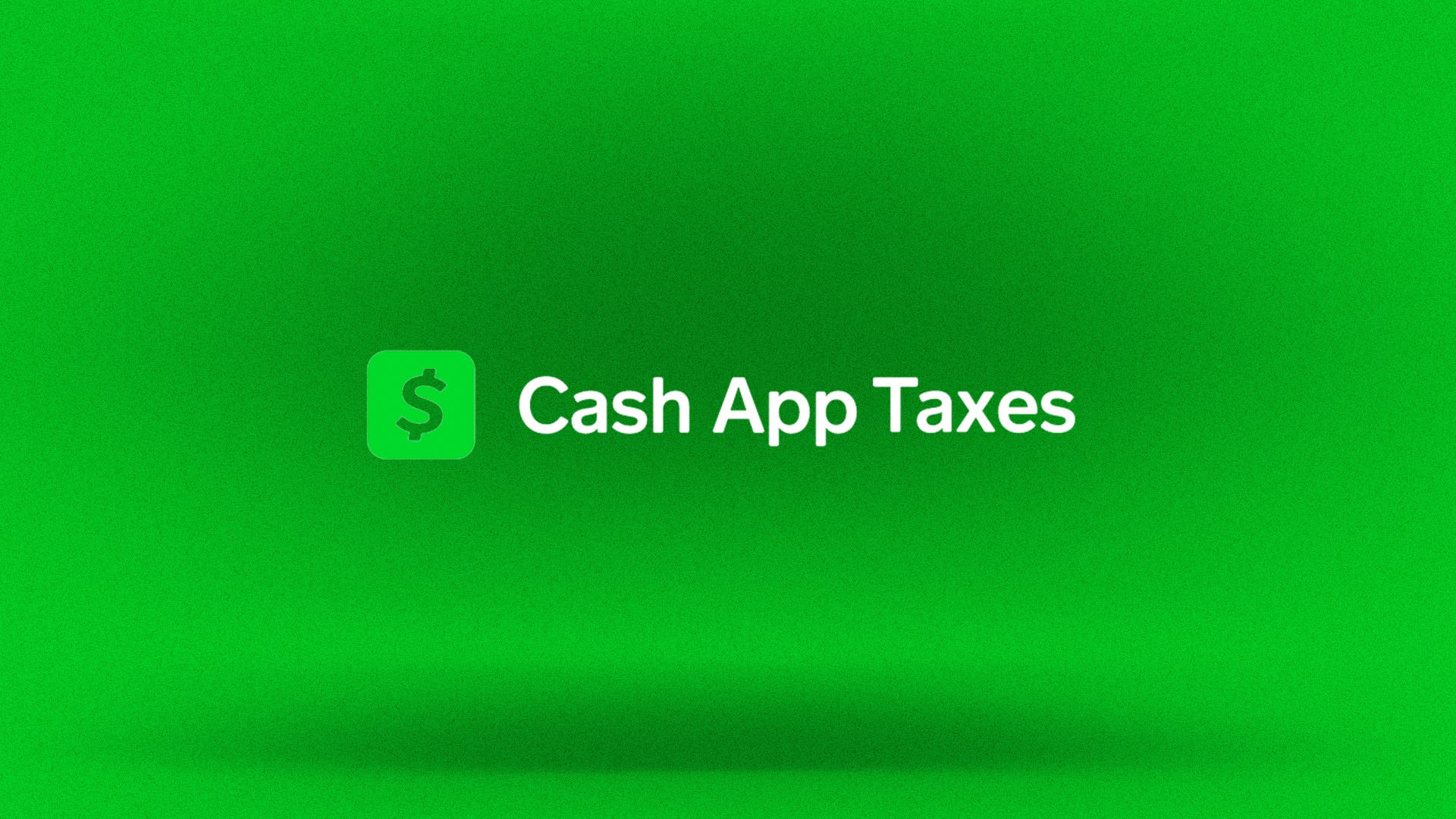
Cash App Taxes
A free option that’s best for confident filers
Cash App Taxes offers a fully free tax preparation service that doesn’t skimp on IRS forms and schedules. It provides users with one federal and one state tax return, completely free, with a maximum refund guarantee.
The lack of file importing and an unusual desktop login process (you have to download the mobile app first) might discourage some people from trying the service, but once you’re in the software it works like most programs: A simple, interview-style process collects information about your tax situation and uses it to populate IRS forms.
Cash App Taxes requires you to manually input most information. Because of this, we recommend Cash App Taxes to filers with a few forms and relatively simple tax situations.
Cash App Taxes also lacks professional tax support and requires the installation of the Cash App mobile app on a tablet or phone before starting a return — which might be a turn-off if you use another peer-to-peer payment service.
Free. There are currently no paid versions of Cash App Taxes.
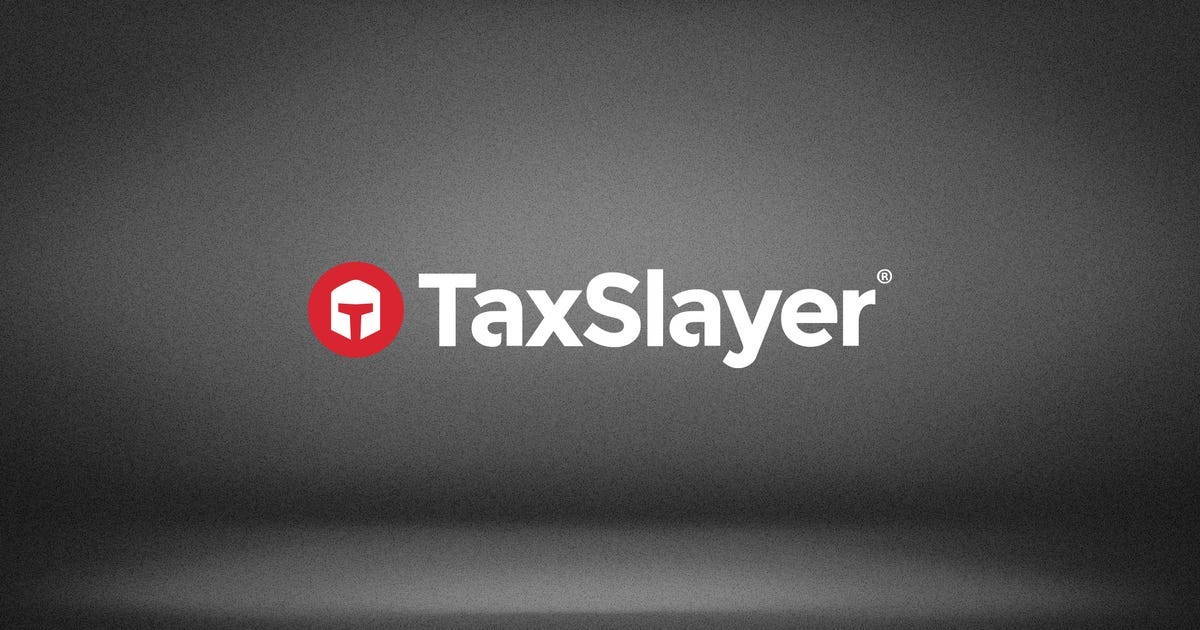
TaxSlayer
Best for freelancers and gig workers
TaxSlayer’s online tax software won’t wow you — its help and support options are basic at best — but it’s our top pick for freelancers and gig workers looking to file taxes on a tight budget.
TaxSlayer’s Self-Employed tier provides tax preparation support from a tax professional versed in self-employment taxes, as well as services like year-round tax payment reminders and audit defense that lasts three years.
TaxSlayer offers four levels of service — Simply Free, Classic, Premium and Self-Employed — that range from free to $53 to file a federal return under current promotional pricing. In order to use TaxSlayer’s live chat feature and access a tax pro, you must pay for its Premium tier.
Simply Free has many restrictions, including a $100,000 cap on taxable income for the year — and you can’t claim dependents with the free version. It does include a free state return, however, which is notable since its paid tiers charge $40 per state return.
TaxSlayer’s interface and help and support content isn’t as polished as other top competitors, but it’s a bargain for self-employed filers. If you’re not comfortable completing your own tax return, however, I’d suggest filing with a CPA.
- Free to $68 for federal.
- Free to $45 per state filing.
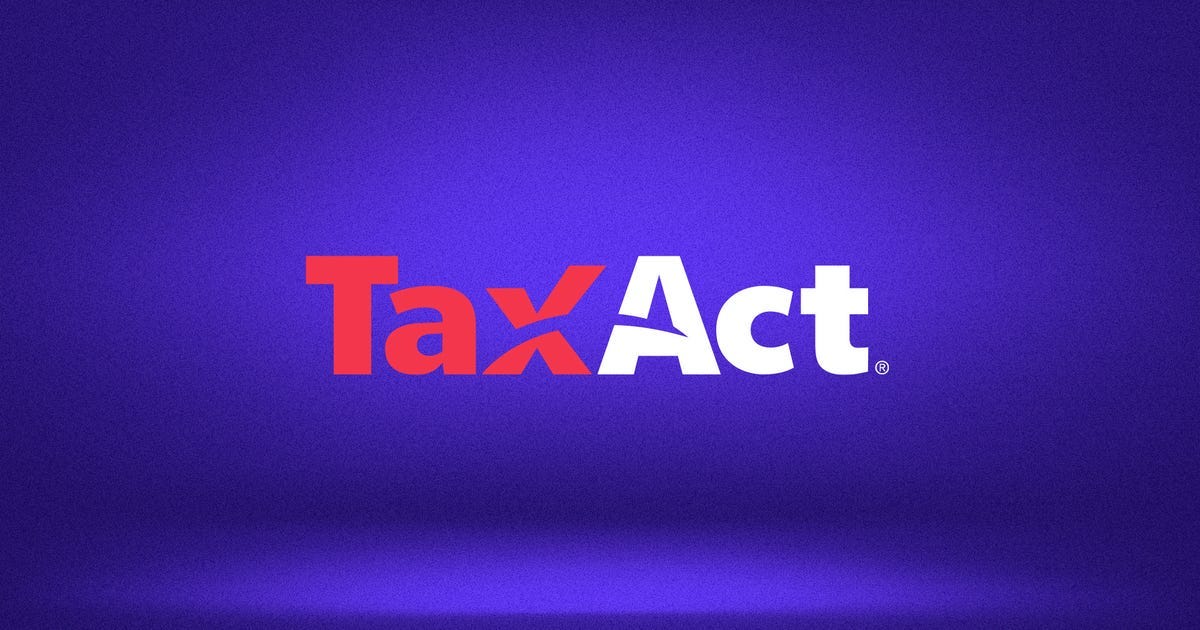
TaxAct
Best accuracy guarantee
TaxAct’s online tax filing software is straightforward and more affordable than top competitors.
Its major distinction is its $100,000 Accuracy Guarantee and Maximum Refund Guarantee, which promises to get you an accurate refund and the maximum allowable by law. If it fails to do so, TaxAct will refund you up to $100,000 to cover the difference between your actual refund and what you missed out on, your software costs and any associated legal or audit costs.
It doesn’t have the feature set of other online tax software options, but TaxAct offers comparable service at a discounted price. Its standout feature is a Deduction Maximizer that reviews your completed return for possible tax deductions you may have missed.
TaxAct’s professional tax assistance service Xpert Assist is also available for a $60 extra fee that we find to be quite steep. Its free help tools for tax filers, however, include a handy tax glossary and instructions for filling out a wide range of common tax forms.
- Free to $100 for federal*.
- $40 to $60 per state filing.
- $40 for Xpert Assist**.
*Self-employed tier only includes freelance income, sole proprietor and LLC. **Promotional pricing.
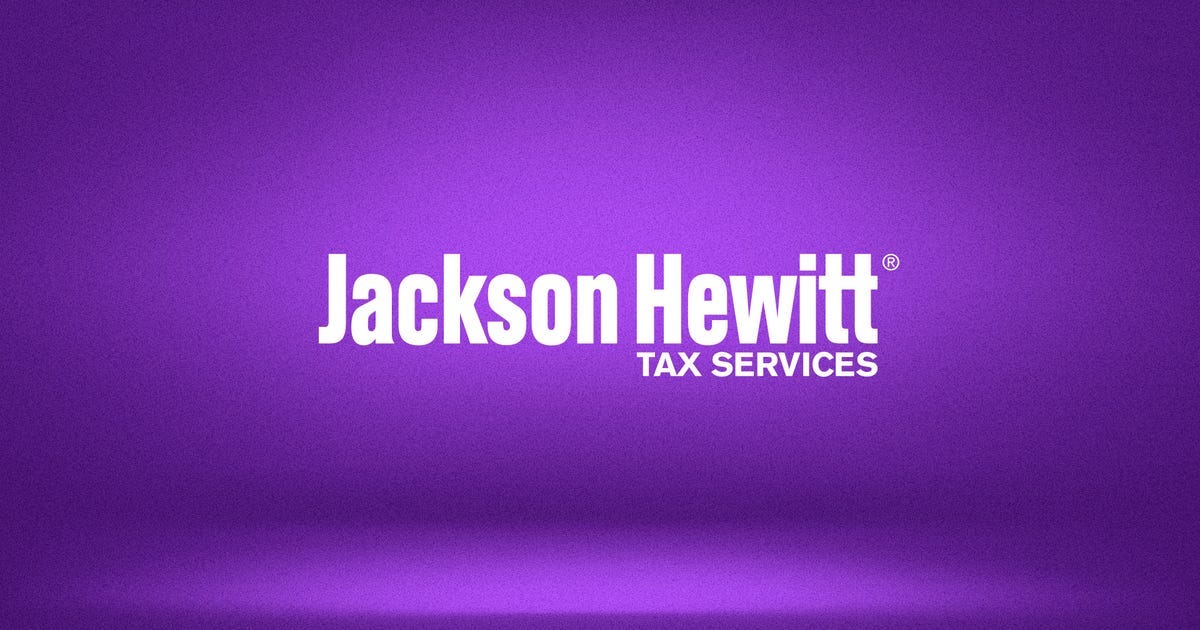
Jackson Hewitt
Best for multiple state returns
Jackson Hewitt is a no-frills online tax software service. So you shouldn’t expect the intuitive or flashy experience that TurboTax or H&R Block can provide. The service does not allow you to upload any tax documents, such as a W-2 form, and is in need of more robust customer help and support tools.
The plus side is Jackson Hewitt Online‘s flat rate of $25 for a federal return and unlimited state returns is hard to beat. Unlike most competitors that feature different tiers, based on your tax situation, Jackson Hewitt Online lets you file for one price no matter how complicated your taxes are.
The company offers free IRS audit assistance and a Lifetime Accuracy Guarantee to protect against unexpected penalties or interest, in addition to a maximum refund guarantee, or your money back.
And if you want more one-on-one attention, you can file at a participating Walmart location or visit one of its 5,200 offices to file with a Tax Pro (prices vary depending on your filing situation and state of residence).
- $25 for federal and unlimited state filing.
What is tax software and how does it work?
Online tax software can help you file your taxes by guiding you through the process — often for a fee — and double-checking that you’ve filled out all of the necessary tax forms for your filing status and situation. Now that the IRS has launched a free filing tool, it’s best to consider your options based on your budget and tax situation.
Most tax software options offer one of two types of systems: interview-based filing or form-based filing. Interview-based filing prompts you to answer questions about your finances and then inputs your answers into the correct tax forms. This is best if you’re new to filing your taxes or if you want guidance along the way. Most tax software, TurboTax, TaxSlayer and H&R Block, for instance, use a type of interview-style interface.
The form-based filing option can be a bit more complicated if you’re not familiar with the many tax forms based on how you earned income over the prior 12 months. Some programs allow you to toggle back and forth between interview and form, which is a nice feature just in case you want to check your figures along the way.
Who should use tax software?
Tax software can simplify the filing and guide you through the process, according to Andrew Griffith, a certified public accountant and associate professor of accounting at Iona University.
Americans also have the option of filing their taxes via paper form processed through the mail, which can introduce a lot of unnecessary risk, such as delaying the processing or delivery of your tax return, Griffith added.
“The primary advantage to filing taxes electronically is the ability to minimize data entry errors in the tax authorities’ systems,” Griffith said.
While tax software can catch certain errors, it can’t catch everything. That’s why some tax software companies reimburse you for any potential penalties assessed due to a calculation error on the software provider’s part. Remember to always review your return before submitting it, but if you’re unsure about any calculations, it’s best to consult with a tax professional.
While online tax software can help you file your tax return faster — and receive — acceptance of your return from the IRS quicker, each software option has its own benefits and drawbacks to consider.
If you have a fairly simple tax return, meaning you have a W-2, want to claim some basic credits and don’t need to itemize your taxes, you may find tax software easy and helpful to complete this portion of your tax filing responsibilities. It’s also a great option if you can confidently navigate the tax filing process on your own, and already know which deductions or credits you plan to claim and which IRS sites to check for what data is included in your tax records.
Who shouldn’t use tax software?
While tax software can also help you tackle more complicated returns — self-employment income, itemized deductions, corporate business owners, and multiple real estate properties and other investments — you might find it difficult to navigate even the most user-friendly tax software. In this case, we recommend reaching out to a certified public accountant or visiting a tax preparer for virtual or in-person tax filing help. Going this route may also save you the possibility of missing out on an important deduction or credit that you weren’t aware of. It’s best to schedule an appointment as early as possible to ensure your taxes will get filed on time.
“Anytime a person’s tax returns involve more than W-2 and 1099-INT forms, it is a good idea to have a CPA involved,” Griffith said. “Also, if a person has assets or income from multiple states or countries, it is a really good idea to have a CPA involved with preparing the income tax returns for those years.”
You also don’t want to pay for tax software before checking to see if you qualify for free filing options. If you have a simple tax return, you may be able to file your taxes with online software for free. Some tax software, like FreeTaxUSA or TaxSlayer, offer free filing options for simple returns. If your adjusted gross income is under $79,000 for 2023, you may also qualify for free tax filing under the IRS Free File program. Seniors, those who speak limited English and filers with disabilities may also qualify for free filing services through the Volunteer Income Tax Assistance program or Tax Counseling for the Elderly.
How to choose the best online tax software
Each tax software option works a little differently. You should compare different tax software based on your filing situation. Some other factors to consider include:
-
Ease of filing: Tax laws are constantly changing, and updates to software are embedded in the back end so the less you have to worry about when filing, the better experience you’ll have.
-
Tax forms offered: Not everyone has the same filing needs. If you need access to more tax forms, you’ll want to make sure the tax software option you’re considering offers all of the forms you need.
-
Price: Many tax software programs have some level of free filing for basic returns, but charge for more complicated tax filing situations, state tax returns or customer support, audit protection and tax assistance. Compare costs among your filing options to make sure you don’t overpay. Once you’re paying more than a couple hundred dollars for tax software, it might be less expensive to reach out to a tax professional for a professional set of eyes on your return.
-
Customer support: If you’re stuck and need extra help, customer support is vital to filing an accurate return. Some tax software companies have different tiers of customer support, including in-person help or virtual assistance. Review customer support options, like live chat and call availability before narrowing down your choice.
Ease of filing: Tax laws are constantly changing, and updates to software are embedded in the back end so the less you have to worry about when filing, the better experience you’ll have.
Tax forms offered: Not everyone has the same filing needs. If you need access to more tax forms, you’ll want to make sure the tax software option you’re considering offers all of the forms you need.
Price: Many tax software programs have some level of free filing for basic returns, but charge for more complicated tax filing situations, state tax returns or customer support, audit protection and tax assistance. Compare costs among your filing options to make sure you don’t overpay. Once you’re paying more than a couple hundred dollars for tax software, it might be less expensive to reach out to a tax professional for a professional set of eyes on your return.
Customer support: If you’re stuck and need extra help, customer support is vital to filing an accurate return. Some tax software companies have different tiers of customer support, including in-person help or virtual assistance. Review customer support options, like live chat and call availability before narrowing down your choice.
FAQs
There are two main ways to file your taxes for free. The first is through the IRS File Free program, which includes private companies that provide their services for free in partnership with the IRS. To qualify, you need to earn less than $79,000 in adjusted gross income. The IRS is also launching a pilot for its Direct File program, but it has not opened at the time of this writing.
The second is through the free programs of non-alliance members, like Intuit’s TurboTax, H&R Block and Cash App Taxes. These services offer free products for simple filing situations, and as long as you don’t have complications like investment or rental property income, you can stick with the free products all the way through filing.
We recommend you stay clear of attempts by some companies to upgrade you to a service you may not need, especially if you have a simple return or don’t need assistance to file your tax return.
Almost all of CNET’s best tax software selections for 2024 include free options for simple tax returns. However, some of those free options only include your federal tax return — you’ll occasionally need to pay extra to file state tax returns or for additional support.
TurboTax, H&R Block, TaxSlayer and Cash App Taxes all provide free tax-filing services that include one federal tax return and one state tax return. FreeTaxUSA’s basic plan is free for federal and $15 for unlimited state returns, whereas TaxAct’s free plan charges $40 per state tax return.
Be careful to check for restrictions before you start the process of using free tax software at any of the providers. For example, TurboTax’s Basic plan only allows simple tax returns with 1040 forms — no unemployment income, stock sales or any itemized deductions like mortgage interest.
Federal tax returns for 2023 were due for most taxpayers on April 15, 2024. Most state returns are also due on April 15, but some states have different deadlines. When a disaster or uncommon weather events impact a state, the IRS and States will often give these states reasonable filing extensions without the impact of fees or penalties for submitting your return. If you need more time to file, you can request an extension with most online tax software by April 15. If your extension is approved, you’ll have until Oct. 15, 2024, to file your 2023 taxes.
Keep in mind, filing an extension does not extend a tax bill due. If you find the result of your tax return is a payment due, an extension will still accrue possible fees and interest.
If you’re considering filing an extension because you can’t pay your full tax bill, consider setting up an installment plan with the IRS online or calling the IRS to ensure you are aware of all of your options.
When you file only a single W-2 from an employer, it’s considered a simple tax return. With a simple return, you won’t be itemizing deductions, claiming investment income or rental property, reporting freelance income or claiming business expenses like a home office.
Companies like Intuit and H&R Block explain the added complexity commensurate with their higher-tier products, so if you aren’t sure, double-check their lists before purchasing. You can also start filing with a free return in most cases and upgrade your service level if needed.
The beauty of well-designed tax software is that most filers won’t need to pay extra for expert help. All of the answers you need should be only a click or two away.
If you find yourself constantly wanting to speak with a human tax expert or if you know your tax situation is complicated, you may be better off selecting tax software with tax expert support or simply hiring a CPA, or certified public accountant, on your own.
As good as many software programs are, a human expert is often the way to go for complex tax returns.
Working with a CPA for your tax filing will cost $200 to $500, depending on the complexity of your return — how many schedules and extra forms need to be completed — the number of years you need to file and where you live, according to the 2020-21 Fees Practices Survey released by the National Society of Accountants. Each additional schedule, for things like rental income or investment gains, can cost around $100.
If you have self-employment income, itemized deductions or investments, the extra cost is likely to be worth it. It can also be easier to send off your forms to an expert, ask questions on more complex areas of your return and know they’ll take care of everything. Remember that the extra amount you’re paying in fees ensures you are filing a complete and compliant return without the worry of overpaying your tax bill and undercalculating a potential refund which makes the upfront cost a smart investment.
How we rate tax software
CNET reviews tax software by comparing products across set criteria. We use the software to prepare personal tax returns, examine tax products’ terms and offers, communicate with software representatives to resolve questions about products, compare feature sets and analyze software for its effectiveness in common tax situations.
We consider the features and functionality of the tax preparation software, the user experience, the software interface, website performance, quality of help and support, and the value based on price. We are also looking for and evaluating specific features, including file importing or photo capture of forms, number and type of available IRS forms and schedules, contextual help, desktop and phone/tablet compatibility and syncing, professional tax assistance, maximum refund and accuracy guarantees, live support and security protections.
The editorial content on this page is based solely on objective, independent assessments by our writers and is not influenced by advertising or partnerships. It has not been provided or commissioned by any third party. However, we may receive compensation when you click on links to products or services offered by our partners.






